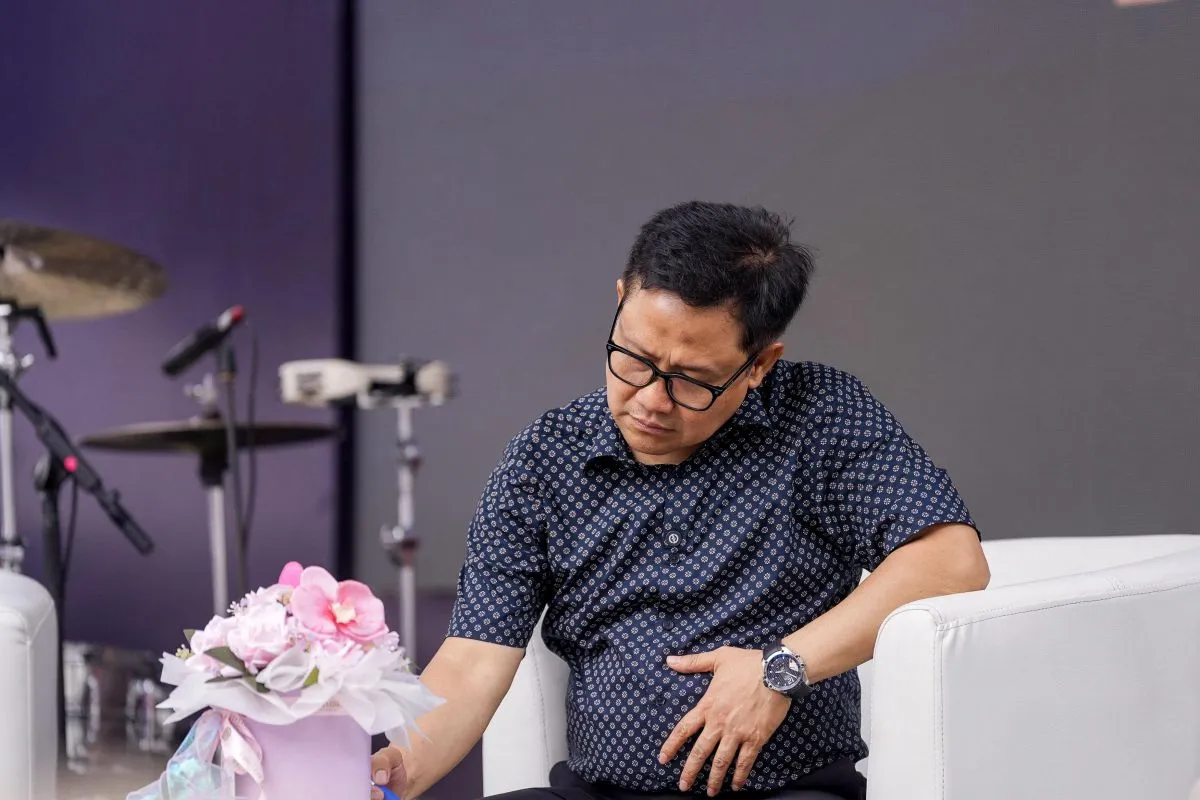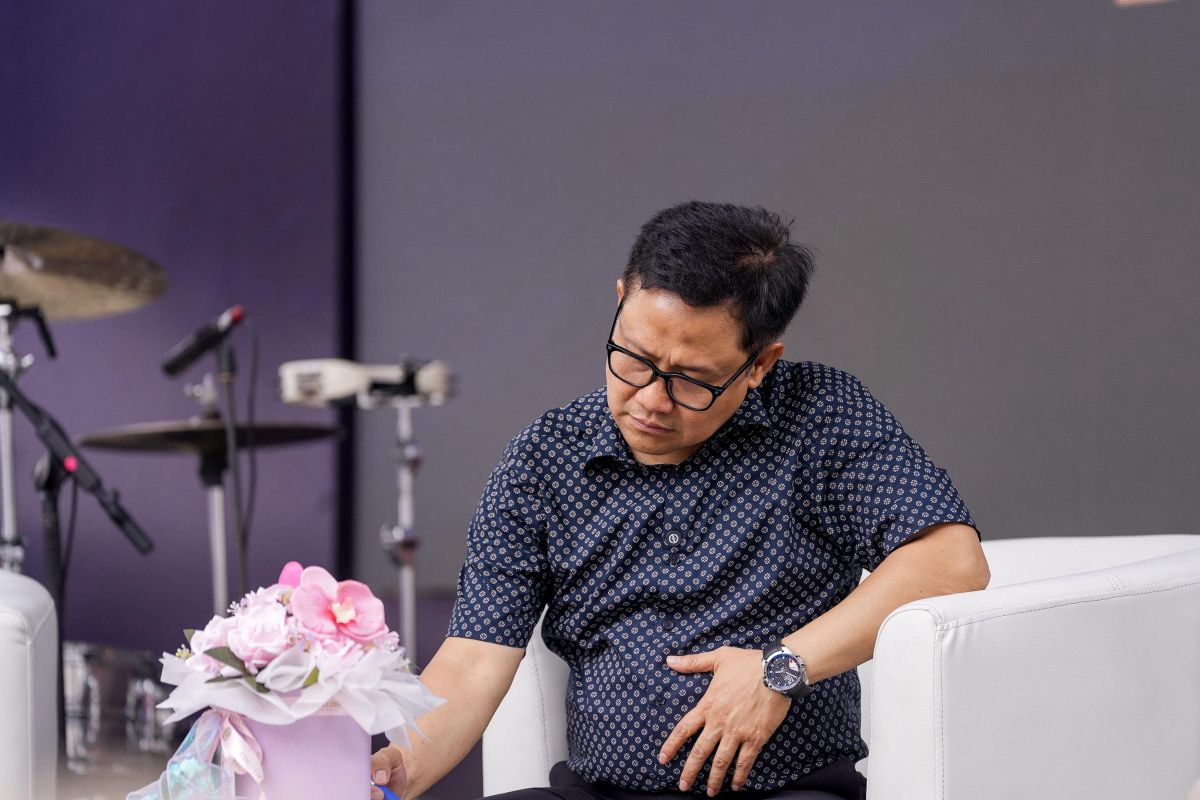Indonesia taps universities to help end extreme poverty by 2026 – ANTARA News

Universities Urged to Enhance Role in Poverty Alleviation Aligned with SDGs

Introduction
Jakarta – Coordinating Minister for Community Empowerment, Abdul Muhaimin Iskandar, has called for increased participation from universities in poverty alleviation efforts through community service programs. This initiative aligns closely with the United Nations Sustainable Development Goals (SDGs), particularly SDG 1: No Poverty, and SDG 4: Quality Education.
Role of Universities in Poverty Reduction
Minister Iskandar emphasized the importance of integrating scientific research and academic expertise into community empowerment activities. He stated that such programs are essential for accelerating poverty reduction in Indonesia by enabling students to apply their academic knowledge to real-world challenges.
- Community Service Programs: Designed to empower local communities through education and practical support.
- Academic Integration: Utilizing scientific findings to develop innovative poverty alleviation strategies.
- Student Involvement: Encouraging active participation of students in empowerment initiatives to foster sustainable development.
Collaborative Approach to Community Empowerment
The minister highlighted that effective poverty alleviation requires collaboration among all stakeholders, including government agencies, educational institutions, and local communities. This multi-stakeholder approach supports SDG 17: Partnerships for the Goals.
- Building an empowerment ecosystem to support sustainable poverty reduction.
- Coordinating efforts nationwide to maximize impact.
- Encouraging integrated programs that address the root causes of poverty.
Government Commitment and Targets
The Coordinating Ministry for Community Empowerment will continue to coordinate nationwide poverty alleviation programs with the ambitious target of achieving zero percent extreme poverty in Indonesia by 2026, directly contributing to SDG 1.
President Prabowo Subianto has expressed confidence that Indonesia can eliminate poverty well before 2045, supported by the country’s projected economic growth to become one of the world’s top six economies. To reinforce this commitment, Presidential Instruction No. 8 of 2025 mandates all relevant agencies to implement accurate and integrated poverty eradication programs.
Related Initiatives
- RI Government Launches Program to Tackle Extreme Poverty
- Indonesia Shifts Poverty-Elimination Strategy from Aid to Empowerment
1. Sustainable Development Goals (SDGs) Addressed
- SDG 1: No Poverty – The article focuses on poverty alleviation efforts, aiming to reduce and eliminate extreme poverty in Indonesia.
- SDG 4: Quality Education – The involvement of universities and students in community service programs links to enhancing education and applying academic knowledge to real-world issues.
- SDG 17: Partnerships for the Goals – The article highlights the need for collaboration among stakeholders, including government agencies, universities, and communities, to accelerate poverty reduction.
2. Specific Targets Under the Identified SDGs
- SDG 1 Targets:
- Target 1.1: Eradicate extreme poverty for all people everywhere, currently measured as people living on less than $1.90 a day, by 2026 in Indonesia.
- Target 1.3: Implement nationally appropriate social protection systems and measures for all, including the poor and vulnerable.
- SDG 4 Targets:
- Target 4.3: Ensure equal access for all women and men to affordable and quality technical, vocational, and tertiary education, including university programs that engage in community service.
- Target 4.7: Ensure that all learners acquire knowledge and skills needed to promote sustainable development, including through community empowerment activities.
- SDG 17 Targets:
- Target 17.16: Enhance the global partnership for sustainable development, complemented by multi-stakeholder partnerships that mobilize and share knowledge, expertise, technology, and financial resources.
3. Indicators Mentioned or Implied to Measure Progress
- Proportion of population living below the international poverty line (Indicator 1.1.1) – Implied by the goal to achieve zero percent extreme poverty by 2026.
- Coverage of social protection systems (Indicator 1.3.1) – Implied through the mention of integrated and accurate poverty alleviation programs.
- Participation rate of youth and adults in formal and non-formal education and training (Indicator 4.3.1) – Implied by student involvement in community service programs aligned with academic disciplines.
- Multi-stakeholder partnerships (Indicator 17.16.1) – Implied by the call for collaboration among all stakeholders to accelerate poverty reduction.
4. Table of SDGs, Targets, and Indicators
| SDGs | Targets | Indicators |
|---|---|---|
| SDG 1: No Poverty |
|
|
| SDG 4: Quality Education |
|
|
| SDG 17: Partnerships for the Goals |
|
|
Source: en.antaranews.com








